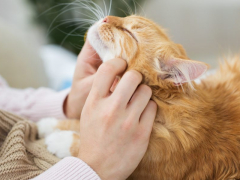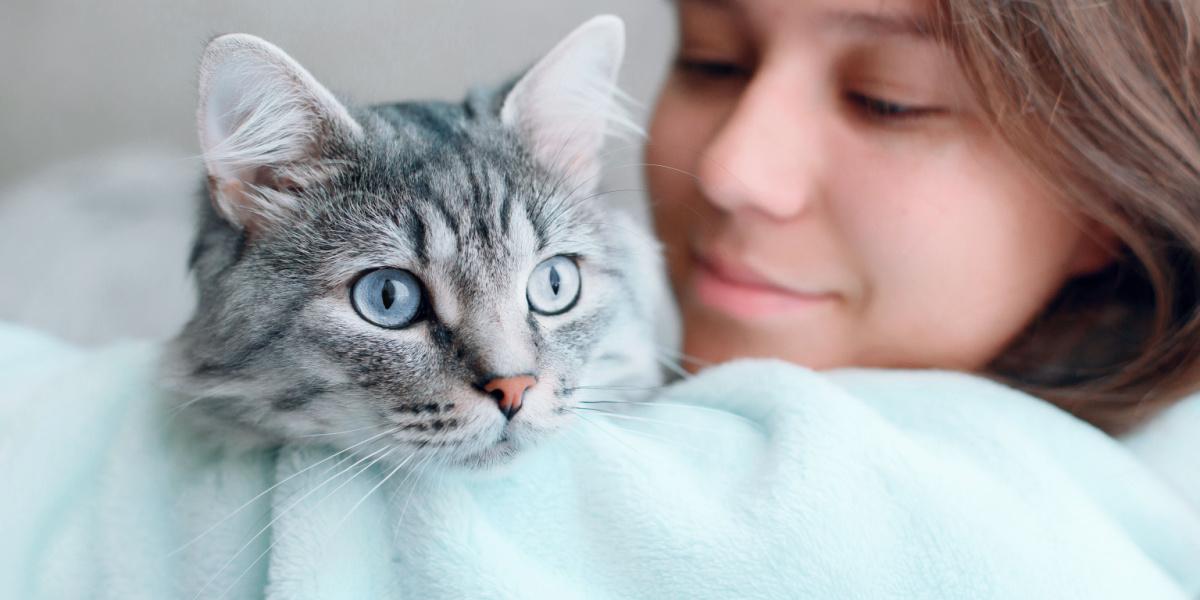
We’re all familiar with the concept that humans share much of their DNA with primates, our closest relatives in the animal kingdom. However, not as many people realize how much DNA we share with other mammals. In fact, we humans are approximately 90% similar to cats. Most people could certainly get on board with being more cat-like—long naps in the sunshine spring to mind.
The cat genome has been fully mapped, with around 2.7 billion base pairs and 19 pairs of chromosomes. Cats share approximately 90% of their DNA with humans. Studying cat DNA can help advances in medicine and genetics, both for humans and for cats.Key Takeaways
But what does sharing DNA sequences with our feline companions actually mean? Investigating the genome is a complex and fascinating topic, and can also provide insights into various genetic diseases. Read on for more about our genetic code, and why it matters.
What Is DNA?

Found in all living things, DNA determines how an organism grows and develops.
Deoxyribonucleic acid (DNA) is a molecule found in almost all cells in our body that carries our unique genetic code. It contains four bases (adenine, cytosine, guanine, and thymine) and the order of these building blocks forms our genome.
The sequence of these four bases, in their various combinations, determines how an organism grows and develops. In the cells that make up the body, DNA is packaged into small structures called chromosomes.
Also Read: Basepaws Cat DNA Test Review (We Tried It)
The Cat Genome Vs The Human Genome
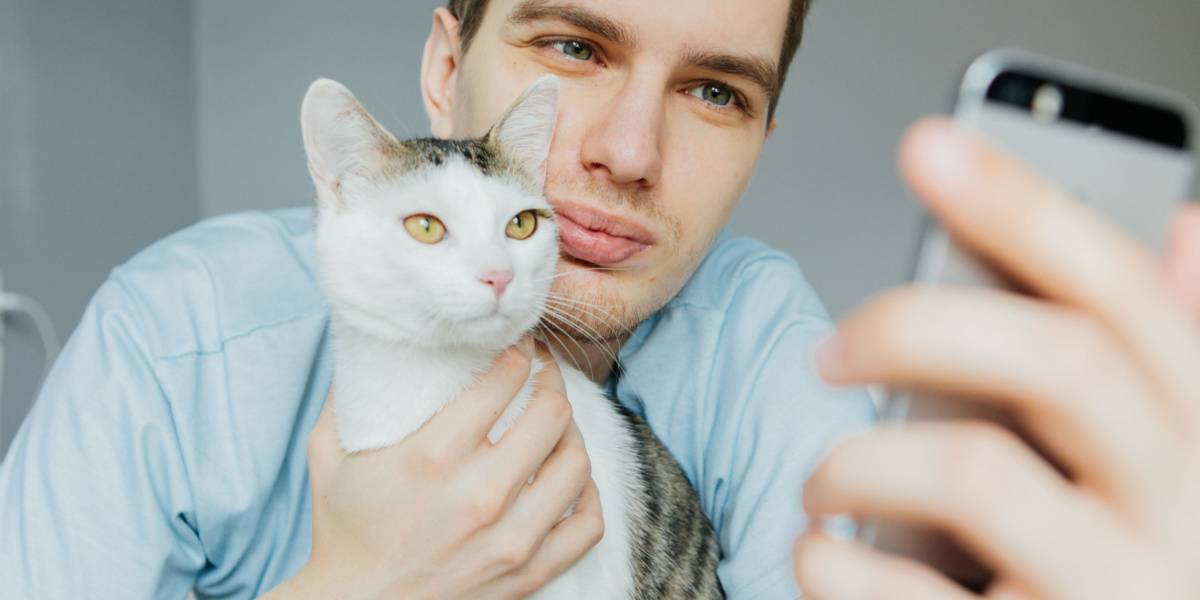
Unlike in humans, a cat’s chromosomes vary in size.
Different species have different sizes of genomes and different orders of the bases within the DNA. The human genome contains a whopping 3.2 billion base pairs of DNA, contained within 23 pairs of chromosomes in each cell.
Cats, on the other hand, have around 2.7 billion base pairs of DNA within their genome, contained in just 19 pairs of chromosomes.1 Cats’ chromosomes vary in size, unlike ours.
Our modern domestic cat (Felis silvestris catus) is descended from wildcats that have been around, according to fossil records, for around 10 million years. Larger cat ancestors, such as the renowned saber-tooth tiger, were flourishing even earlier than this.
The family Felidae contains around 38 different species of cat, and are spread around the world.2
Cats haven’t shared a common ancestor with people for more than 92 million years.1 However, humans and cats have enjoyed a close relationship for a long time. Therefore, we have gathered a lot of information about their behaviors, health, and domestication process.
As humans have become involved in the breeding of domestic cats, we have selected certain characteristics. They are mostly aesthetic ones, but are also for friendly personalities and more sociable traits.
In 2005, the National Human Genome Research Institute selected cats, alongside various other mammals, to undergo investigation of their whole genome sequence, to be used to help interpret the human genome and its implications for health and disease.1
In 2006, the genetic code of Cinnamon, a female Abyssinian cat, was explored. An Abyssinian was chosen because they are one of the most inbred cat breeds, which makes sequencing the genetic code easier.2
Also Read: 12 Rare Coat Colors and Patterns In Cats
Comparing Cat DNA To Human Beings

Cats, which share about 90% of our DNA, are genetically closer to humans than dogs, which share only 82% of our DNA.
Mapping out Cinnamon’s genome allowed for a fascinating insight into cat genetics. Comparisons of genes between mammals show many similarities, with comparative stretches of DNA found in cats, mice, and cows. It is thought that cats share around 90% of genes with humans, compared to 82% in dogs, 80% in cows, and 67% in mice.2
Chimpanzees, which are our closest genetic match due to sharing a common ancestor around 7 million years ago, share 98% of our genome.
So why do we share so much DNA with these different species? We are not four-legged carnivores like cats or large ruminants like cows. We even look completely different from our close cousins, the chimps.
Remember the 3 billion pairs? DNA is remarkably complex, with tiny changes in the coding genes leading to cascading differences in everything from how we look, how we move, what we eat, and how we behave.
Cats and humans share a significant amount of genetic material, but this just means that our bodies are made up of the same types of information, but used in very different ways.
For instance, fruit flies share 61% of our DNA, and bananas share 60%, but that doesn’t make us all similar to either of those things. It’s just that we all have some shared building blocks for proteins, making us all the individuals we are.
Also Read: 6 Surprising Similarities Between Cats And Dogs
How Can We Use This Knowledge?
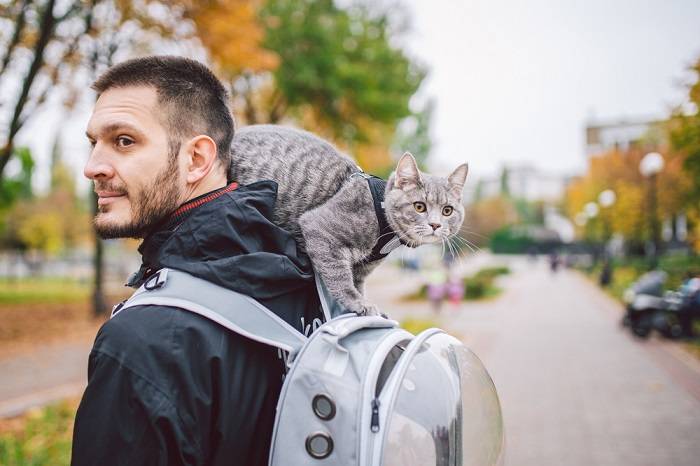
Scientists can study diseases in genetically similar animals to help better understand them in humans.
More than a fun fact to pull out at a party, it’s actually useful to know that cats share the vast majority of our DNA. Learning about the genomes of other species helps humans interpret our own. It becomes much easier to analyze the effect of various stressors such as disease, disrupted sleep, childbirth, and more if we have more genetic examples.
Data can also be extrapolated from animals to look at inherited human diseases, and to study the effects of gene mutations. Veterinarians and human medics can collaborate on how animal and human health can benefit each other.
These studies are in their early stages, but as cats are actually more genetically similar to humans than either dogs or mice (the commonly used animals in genetic studies), using felines to help with research is a possibility. Understanding more about feline genetics would lead to more precision medicine for inherited diseases in cats.
This could then lead to developments in human medicine. Polycystic kidney disease, for example, occurs in both species and studying one might help the other.
Learning more about feline genetics has also unlocked our understanding of their evolution, domestication, and innate behaviors. This can help us understand our domestic cats better, including their behaviors, needs, stressors, and social interactions.
Also Read: 7 Similarities Between Domesticated Cats And Big Cats
Have Humans Altered Cat DNA?
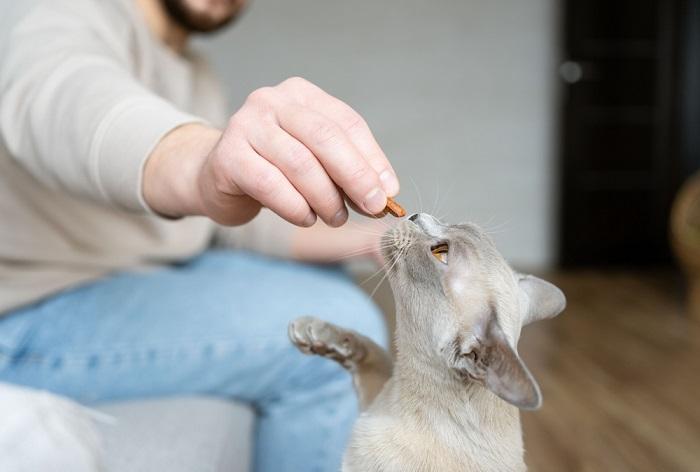
By prioritizing cats with desirable traits, humans have likely altered their evolution.
Cats have evolved a long way from their wildcat ancestors. Human domestication probably contributed to this, as key traits will have been prioritized. Examples include good hunting skills to keep rodent numbers down, and friendly, social personalities.
Cats have some similar personality characteristics to humans, and this might have been influenced by domestication. The splitting of domestic cats into various breed types is very recent compared to the long evolutionary history of Felis silvestris, and is mostly based on aesthetic traits.
Cat DNA: Final Thoughts

Mapping the feline genome has opened up a new world of research possibilities.
Cats share a surprisingly high amount of their genetic code with humans, more so than many other mammals such as dogs, cows, or mice. The recent full mapping of the cat genetic code has not only given us insights into their domestication, behavior, and evolution but might lead to insights into both feline and human disease processes.
Also Read: The Different Types Of Black And White Cat Coat Patterns
Frequently Asked Questions
How much of our DNA do we share with cats?
Humans share around 90% of their DNA with cats. This is less than primates, our closest relatives, but more than dogs, cows, or mice.
How much DNA do we share with horses?
Humans share around 85% of their DNA with horses. The horse genome was mapped in 2006 and found some similarities in chromosomal arrangement to human DNA.
What animal do humans share the most DNA with?
The most genetically similar animal to a human is a chimpanzee. We share about 98.6% to 99% of our DNA with these primates.
What traits do humans share with cats?
Cats share 90% of their DNA with us. They also have similar key personality traits, complex social interactions, and they even share some of our health conditions.
-
O’Brien, S. & Nash, W. (1982). "Genetic mapping in mammals: Chromosome map of domestic cat." Science. 216(4543), 257-265.
-
O’Brien, S., Johnson, W., Driscoll, C., Pontius, J. (2008). "State of cat genomics." Trends in Genetics. 24(6), 268-279.





